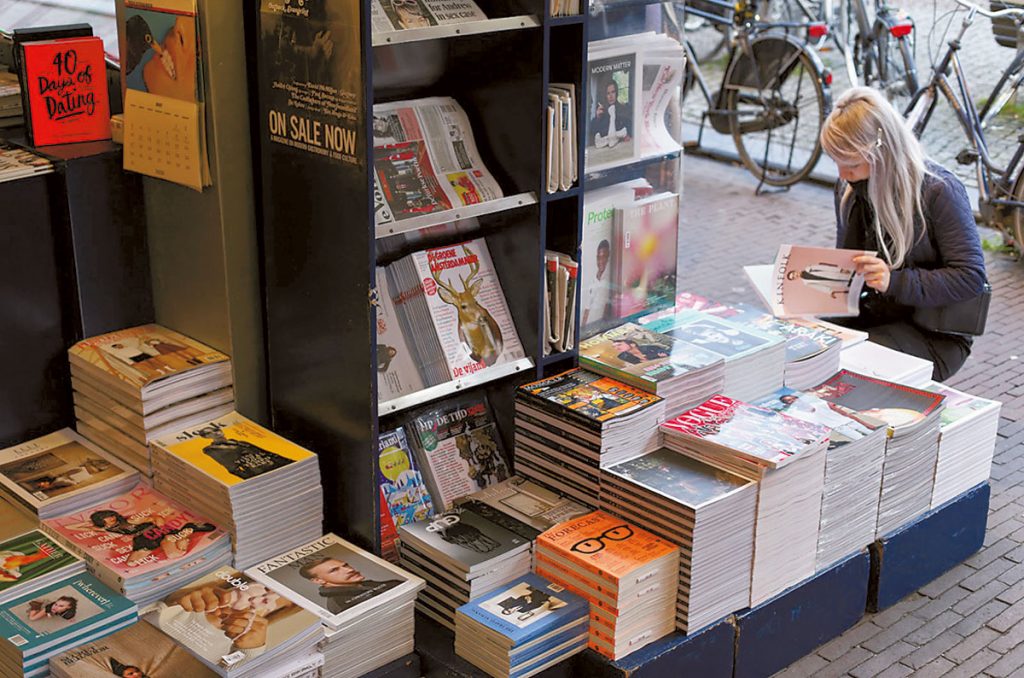 The rise in indie magazines has led to a complimentary rise in indie magazine shops. One such shop owner shares his insights on what it takes to publish a successful title.
The rise in indie magazines has led to a complimentary rise in indie magazine shops. One such shop owner shares his insights on what it takes to publish a successful title.
“A strong identity is really important.”
That’s the first thing Marc Robbemond of Amsterdam’s Athenaeum Nieuwscentrum says when asked what he looks for in a new title.
“I really appreciate it if a magazine picks up a topic that [its creators] are really interested in themselves, instead of just wanting to make a magazine because it’s hip or cool at the moment,” Robbemond continues. “That’s the foremost thing – the topic and the relationship of the makers to the topic. You can easily see that by reading a few articles.”
Robbemond, a buyer at the independent magazine shop that carries more than 2,000 titles, was interviewed by Angharad Lewis as part of the research for her book “So You Want to Publish a Magazine.” Lewis shared her interview in a recent post in The Creative Review.
Robbemond offers some excellent advice on choosing whether or not to use a distributor (it’s a trade-off of exposure vs. profits); and says they deal with many publishers direct to help them keep more of their profits, even though it’s more work for the shop. Still, he advises publishers to consider using a distributor if they can make the finances work.
“I think working with a distributor as a small magazine will not give you much money, but it will get you attention. Stores don’t have to discover you; your magazine will be presented to them. That is something to consider: OK, you don’t make money, but if you get represented well at book fairs and in small shops then you get more spread, and that’s something you want to do, to build up an audience. That is very important,” he notes.
Regardless of your distribution strategy, it’s ultimately the content that predicts long-term success.
“By being super-distinctive and choosing a topic that you know you will find interesting over a long period,” Robbemond replies when asked how people make a magazine that will succeed in the mid- to long-term. “Those are the magazines that are succeeding.”
As to trends, Robbemond is seeing biannuals being launched, and more titles changing from quarterly to less frequency, “which has to do with money and time,” he notes. Pricing, however, is definitely trending up, and since they are moving toward lower frequency, they stay on the shelf longer.
Ultimately it comes down to having the editorial vision to keep it fresh with each issue, and as more indie magazine staffers are holding down a day job to support their publishing dreams, time is definitely of the essence.
If this is the case, and you have a small team, “the most important thing is to have consistent quality and new ideas,” Robbemond warns. “You don’t want people to [pick up] a new issue and think: ‘I’ve seen it before, and don’t want to buy it again.’”
